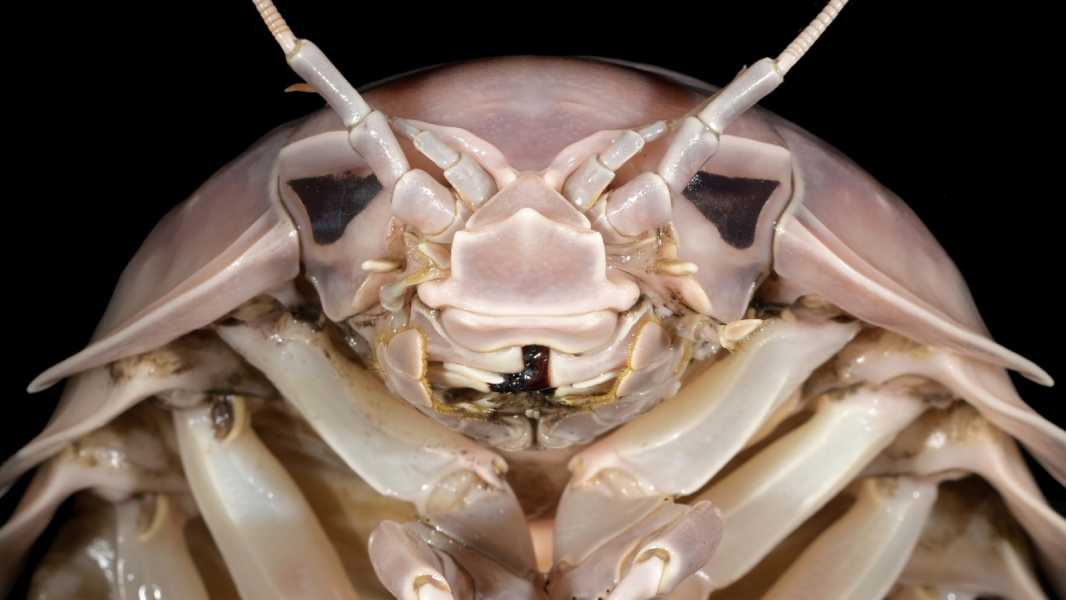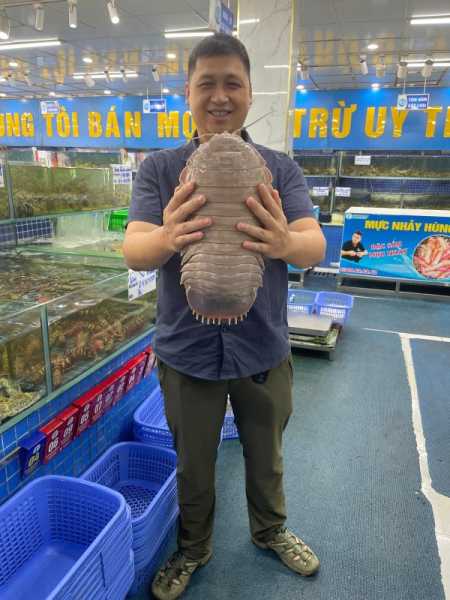
Bathynomus vaderi was discovered after researchers noticed differences between it and other giant isopod species. (Photo credit: Nguyen Thanh Son)
Scientists have discovered a previously unknown species of giant sea bug after studying specimens acquired from fishermen in Vietnam.
Bathynomus vaderi is a member of the genus Bathynomus, a large isopod that is often found in cold, deep-sea environments. This “super giant” can weigh over 2.2 pounds (1 kilogram) and measure up to 12.8 inches (32.5 centimeters) in length, making it one of the largest known isopods.
The species was named “vaderi” because its head resembles the famous helmet of Darth Vader from Star Wars.
According to the study, B. vaderi was found exclusively near the Spratly Islands, an archipelago in the South China Sea, although it may inhabit other areas of the sea.
In a new study published January 15 in the journal ZooKeys, the team analyzed specimens caught by local fishermen and found that some specimens had distinctive physical features that pointed to them as belonging to a new species. The researchers described B. vaderi’s distinct depression in the femur and a unique bony ridge that protrudes from its coracoid bone, distinguishing it from other supergiant isopods.

Dr. Nguyen Thanh Son holds a giant specimen of another species of giant isopod found in Vietnam (B. jamesi), weighing 2.62 kg, at a seafood market in Hanoi, October 2024.
The researchers noted that Bathynomus species have recently become a popular delicacy in Vietnam, often compared to lobster. Local interest has turned the sea bugs into a high-priced commodity in the live seafood market, leading to increased fishing pressure in the region.
This commercial interest creates both opportunities and challenges, the researchers say. The booming market could threaten the giant isopods, but it could also drive stricter regulations and sustainable deep-sea fishing practices.
B. vaderi is not the largest isopod species. That title belongs to B. jamesi, which can reach lengths of about 20 inches (50 cm) and weights of 5.7 pounds (2.6 kg). Supergiant isopods often live in deep marine environments, making them difficult to study due to their inaccessibility.
Sourse: www.livescience.com





